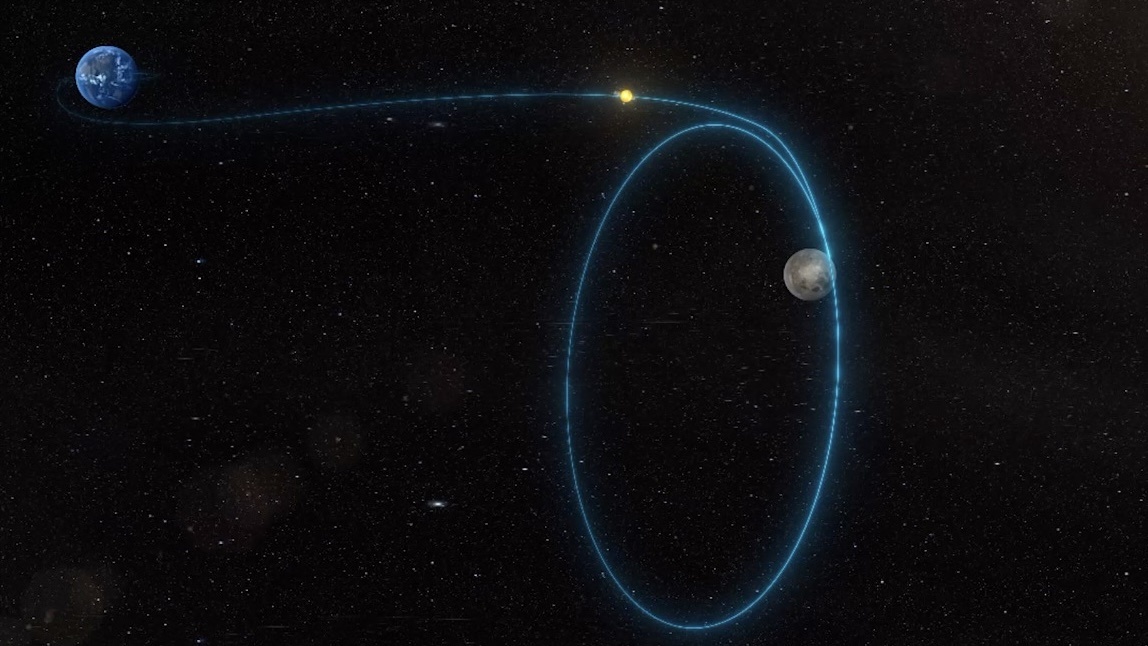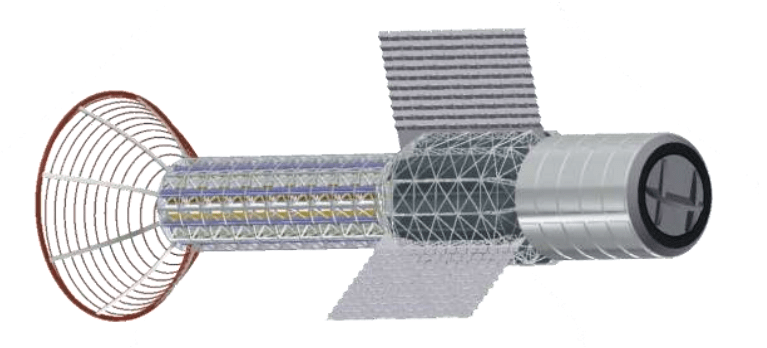Studying exoplanets is made more difficult by the light from the host star. Coronagraphs are devices that block out the star light and both JWST and Nancy Grace Roman Telescope are equipped with them. Current coronagraphs are not quite capable of seeing other Earths but work is underway to push the limits of technology and even science for a new, more advanced device. A new paper explores the quantum techniques that may one day allow us to make such observations.
Continue reading “The Search for the Perfect Coronagraph to Find Earth 2.0”A Supermassive Black Hole with a Case of the Hiccups
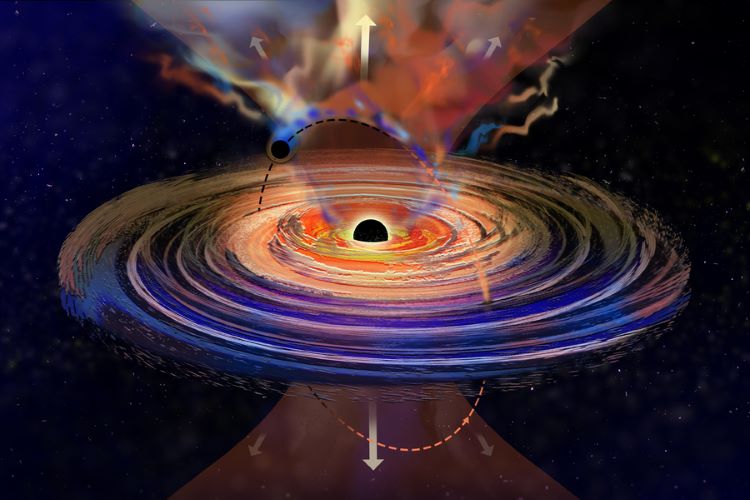
Can binary black holes, two black holes orbiting each other, influence their respective behaviors? This is what a recent study published in Science Advances hopes to address as a team of more than two dozen international researchers led by the Massachusetts Institute of Technology (MIT) investigated how a smaller black hole orbiting a supermassive black hole could alter the outbursts of the energy being emitted by the latter, essentially giving it “hiccups”. This study holds the potential to help astronomers better understand the behavior of binary black holes while producing new methods in finding more binary black holes throughout the cosmos.
Continue reading “A Supermassive Black Hole with a Case of the Hiccups”Meteorites: Why study them? What can they teach us about finding life beyond Earth?
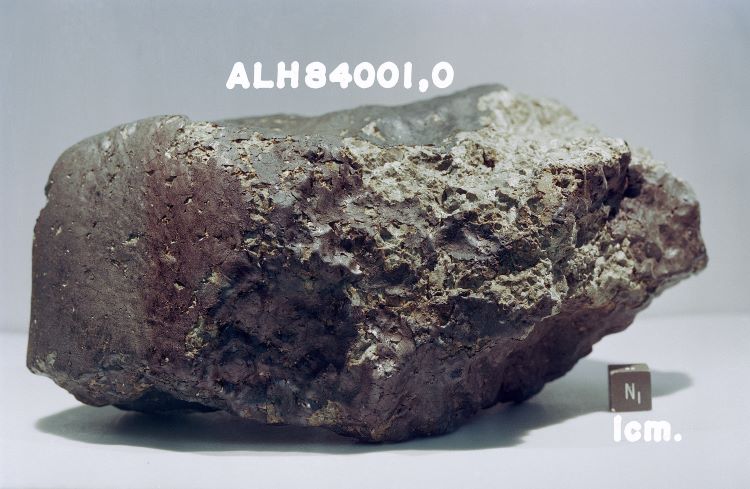
Universe Today has explored the importance of studying impact craters, planetary surfaces, exoplanets, astrobiology, solar physics, comets, planetary atmospheres, planetary geophysics, and cosmochemistry, and how this myriad of intricately linked scientific disciplines can assist us in better understanding our place in the cosmos and searching for life beyond Earth. Here, we will discuss the incredible research field of meteorites and how they help researchers better understand the history of both our solar system and the cosmos, including the benefits and challenges, finding life beyond Earth, and potential routes for upcoming students who wish to pursue studying meteorites. So, why is it so important to study meteorites?
Continue reading “Meteorites: Why study them? What can they teach us about finding life beyond Earth?”China's Relay Satellite is in Lunar Orbit
On March 20th, China’s Queqiao-2 (“Magpie Bridge-2”) satellite launched from the Wenchang Space Launch Site LC-2 on the island of Hainan (in southern China) atop a Long March-8 Y3 carrier rocket. This mission is the second in a series of communications relay and radio astronomy satellites designed to support the fourth phase of the Chinese Lunar Exploration Program (Chang’e). On March 24th, after 119 hours in transit, the satellite reached the Moon and began a perilune braking maneuver at a distance of 440 km (~270 mi) from the lunar surface.
The maneuver lasted 19 minutes, after which the satellite entered lunar orbit, where it will soon relay communications from missions on the far side of the Moon around the South Pole region. This includes the Chang’e-4 lander and rover and will extend to the Chang’e-6 sample-return mission, which is scheduled to launch in May. It will also assist Chang’e-7 and -8 (scheduled for 2026 and 2028, respectively), consisting of an orbiter, rover, and lander mission, and a platform that will test technologies necessary for the construction of the International Lunar Research Station (ILRS).
Continue reading “China's Relay Satellite is in Lunar Orbit”The Hubble Aims Its Powerful Ultraviolet Eye at Super-Hot Stars

Some stars are so massive and so energetic that they’re a million times brighter than the Sun. This type of star dominated the early Universe, playing a key role in its development and evolution. The first of its kind are all gone now, but the modern Universe still forms stars of this type.
These hot, blue stars emit powerful ultraviolet energy that the Hubble can detect from its perch in Low-Earth Orbit.
Continue reading “The Hubble Aims Its Powerful Ultraviolet Eye at Super-Hot Stars”Search for Life on Mars Could Level-Up with MARSE Mission Concept
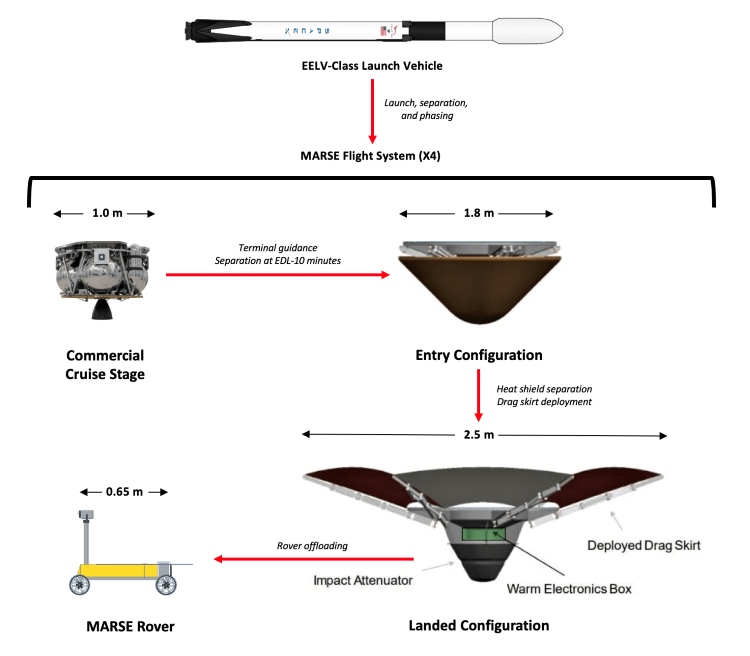
A recent study presented at the 55th Lunar and Planetary Science Conference (LPSC) discusses the Mars Astrobiology, Resource, and Science Explorers (MARSE) mission concept and its Simplified High Impact Energy Landing Device (SHIELD), which offers a broader and cheaper method regarding the search for—past or present—life on the Red Planet, specifically by using four rovers at four different landing sites across Mars’ surface instead of just one-for-one. This concept comes as NASA’s Curiosity and Perseverance rovers continue to tirelessly explore the surface of Mars at Gale Crater and Jezero Crater, respectively.
Continue reading “Search for Life on Mars Could Level-Up with MARSE Mission Concept”The Milky Way’s Smallest, Faintest Satellite Galaxy Found
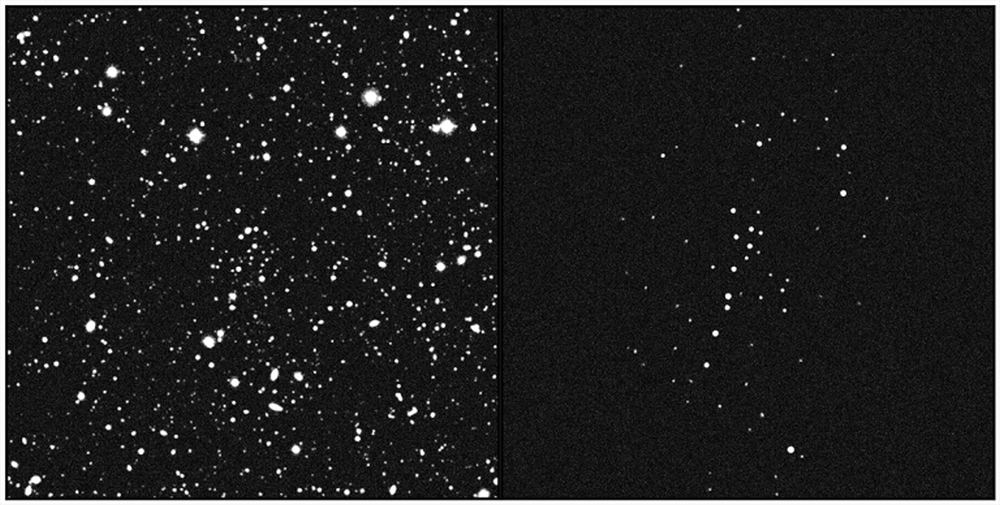
The Milky Way has many satellite galaxies, most notably the Large and Small Magellanic Clouds. They’re both visible to the naked eye from the southern hemisphere. Now astronomers have discovered another satellite that’s the smallest and dimmest one ever detected. It may also be one of the most dark matter-dominated galaxies ever found.
Continue reading “The Milky Way’s Smallest, Faintest Satellite Galaxy Found”Thermal Modeling of a Pulsed Plasma Rocket Shows It Should Be Possible To Create One
We’ve reported on a technology called pulsed plasma rockets (PPRs) here at UT a few times. Several research groups have worked on variations of them. They are so popular partly because of their extremely high specific impulse and thrust levels, and they seemingly solve the trade-off between those two all-important variables in space exploration propulsion systems. Essentially, they are an extremely efficient propulsion methodology that, if scaled up, would allow payloads to reach other planets in weeks rather than months or years. However, some inherent dangers still need to be worked out, and overcoming some of those dangers was the purpose of a NASA Institute for Advanced Concepts (NIAC) project back in 2020.
Continue reading “Thermal Modeling of a Pulsed Plasma Rocket Shows It Should Be Possible To Create One”Civilizations Could Time Their Communications Based on the Movement of a Single Star

The Search for Extraterrestrial Intelligence has been ongoing for decades at this point. Despite that, we have yet to find any rock-hard evidence of a signal from an alien civilization. When asked about this, experts point out just how little of the overall signal space we’ve analyzed. A signal could be coming from anywhere in the sky, at any frequency, and might not be continuous. Constraining the “search space” could help us find a signal faster, but what could we use to constrain it? It’s hard to think like an alien intelligence, let alone to mimic them.
Continue reading “Civilizations Could Time Their Communications Based on the Movement of a Single Star”The ESA’s Mars Rover Gets a New Map
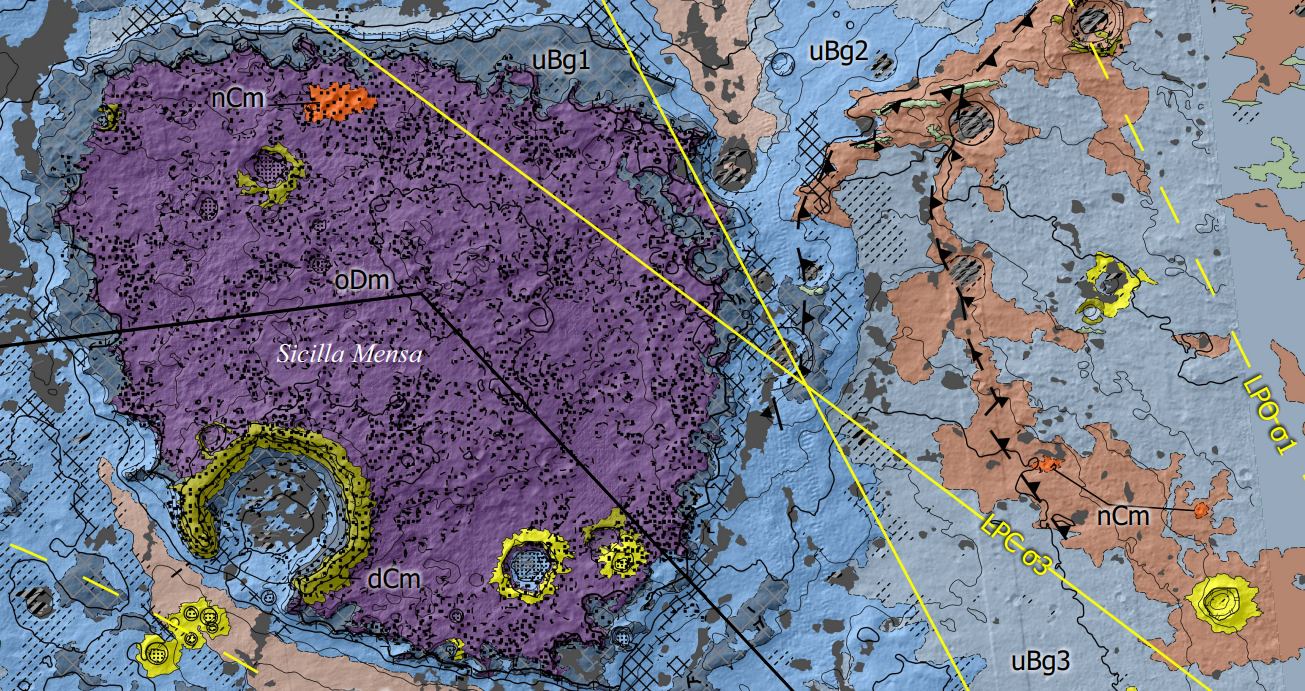
Rosalind Franklin, the ESA’s Mars rover, is scheduled to launch no sooner than 2028. Its destination is Oxia Planum, a wide clay-bearing plain to the east of Chryse Planitia. Oxia Planum contains terrains that date back to Mars’ Noachian Period, when there may have been abundant surface water, a key factor in the rover’s mission.
Continue reading “The ESA’s Mars Rover Gets a New Map”

